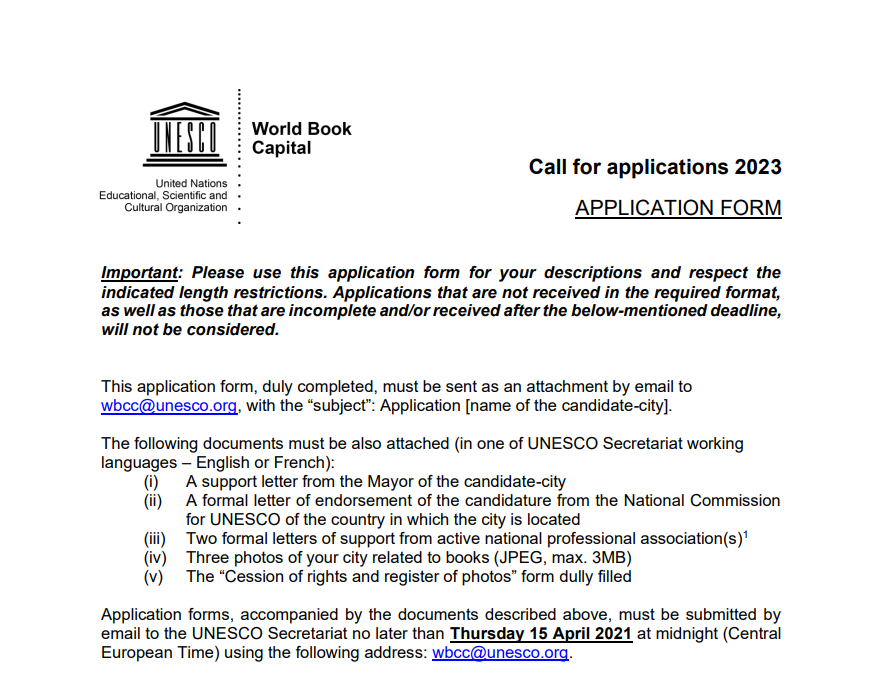Admission Forms – Admission forms are an integral component of higher education institutions’ admission processes. They serve as a key stepping-stone on a student’s journey towards attaining higher education and are used to determine whether an applicant meets eligibility requirements or not. Here, we present a complete guide in English on admission forms; including an overview of the admission process, admission criteria, guidelines for filling out admission forms correctly and tips to avoid common pitfalls when filling them out.
What Are Admission Forms (AFs)
Admission forms (AFs) are official documents used to apply for admission into higher education institutions, acting as the main source of information used by colleges and universities to evaluate an applicant for admission eligibility. Their purpose is to gather details about an individual including academic background, personal information, as well as any relevant data which might help assess an admission request.
Steps involved in the admissions process
Admission involves various steps, from submitting an admission form and supporting documents, taking entrance exams, attending interviews and receiving an admission decision. Every step must be completed correctly for successful admission.
Criteria for Admission
Admission criteria differ by institution and depend on various factors, including academic performance, personal background and test scores. To be considered eligible for admission, applicants must assemble specific conditions such as keeping a minimum grade point average (GPA), passing standardised tests successfully and fulfilling any other specific criteria set by their chosen school.
Guidelines for filling out Admission Forms (see here )
Filling out admissions forms may seem like an intimidating task, but following these guidelines can make the task simpler.
- Read and follow all instructions carefully and precisely, filling all required fields and providing accurate, complete information. Keeping all supporting documents ready such as transcripts, test scores and personal statements.
- Submit your form on time; late submissions could result in automatic rejection. Before sending, double-check that there are no errors or omissions that might impede processing.
Common mistakes to avoid while filling out admission forms:
- Failure to adhere to instructions, provide incomplete or inaccurate data, submit after the deadline without proofreading, or fail to attach supporting documents may result in invalidated forms being received by us.
Conclusion
Admission forms play an essential part in the admissions process for higher education institutions. By following this guide and adhering to its steps, applicants can increase their chances of success and start their academic pursuits sooner. By avoiding common errors and making sure all information is accurate and complete, applicants can create an impressive first impression and increase their odds of being admitted.
Download Admission Forms
